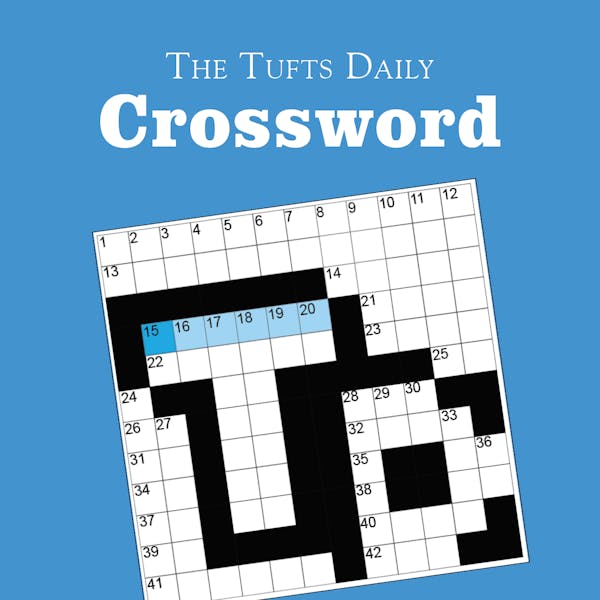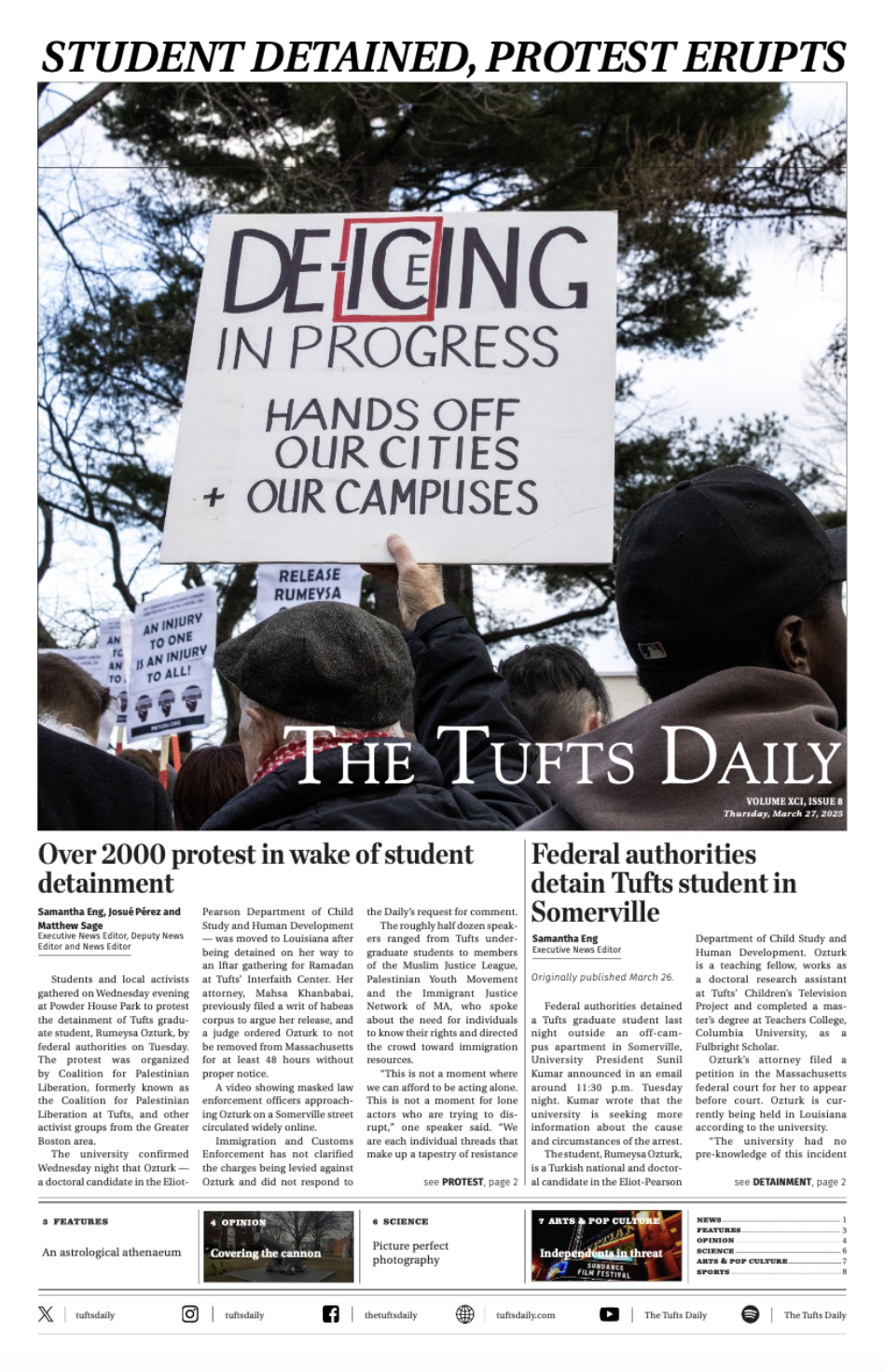Meryl Streeps Miranda Priestly character in The Devil Wears Prada (2006) has, since the movies release, become an iconic representation of the fashion world. Priestly coolly says in response to an editors suggestion of a spring editorial focusing on florals: Florals? For spring? Groundbreaking. Every designer struggles to find the balance between brightening up post-winter lines with floral accents and actually bringing revolutionary elements to their pieces without being overly avant-garde.
The famous (and infamous) biannual fashion weeks hosted in various cities across the globe offer designers an opportunity to wow the A-listers of the fashion world and establish their places at the top of the totem pole of couture. This year, following New York and Milan, Paris Fashion Week which ran from Feb. 25 to March 5 featured several standout collections that made for a memorable season opener.
C?lines Spring/Summer (S/S) 2014 collection featured pieces that looked as if the designer had commissioned Henri Matisse to paint every oversized cape and belted dress on the runway. With wild, carefree brushstroke patterns in vivid primary colors, the collection drew obvious parallels to the creative touch of the Fauvist artist. Even long black coats that would have otherwise been sleek and unoriginal were revamped with oversized grommets in fun and mismatched colors.
Valentinos ready-to-wear 2014 collection reflected an entirely different era: Renaissance Italy. Dresses with intricate stitch work seemed like they could have been tapestries on the walls of the Palazzo Medici. Valentinos designers did not shy away from bright hues or surprising pops of fishnet material. The collection was a brilliant mesh of old and new revamping Renaissance style for the modern era and a visual representation of the relationship between old influence and modern artistry.
In the midst of all the wildly fun collections, however, there was no doubt that Rick Owens emerged as the true star of the week. With a diverse set of ages, body sizes and races modeling his pieces, Owens veered away from the typical white and stick-thin standard of years past. It is not as though fashion houses C?line and Valentino didnt impress with their lineups; in fact, the brushstroke-patterned, asymmetrical dresses were worn by some of the greatest supermodels of our time. But Owens is redefining what a fashion show is and who can walk in one. His lineup included models who ranged from their early twenties to (gasp) middle age, and more than half of the models in his show were women of color a rarity for fashion week shows in any city. The show began with pounding, aggressive music, as models entered the room from an elevated staircase above the runway. Here, there were no floral-clad, dainty young beauties. These were strong, powerful women, walking the runway as if it were a battlefield and they were ready to destroy anyone who challenged their right to be the new queens of a shifting couture arena. Indeed, the models were a force to be reckoned with, discarding bored, blank countenances in favor of ferocious expressions. The collection reflected this intensity with leather dresses, vests, smartly placed zippers and stark sneakers, all of which perfectly matched the otherwise monochromatic pieces that felt like a combination of combat armor and daily chic wear. The show was equal parts striking, streamlined fashion and performance art. The whole event showcased a variety of real women, both conventional and atypical, that highlighted the strength and power of the modern woman.
If Miranda Priestly had attended Paris Fashion Week, its a sure bet that she would have chosen to watch C?line and Valentinos shows and she certainly would have been paying particular attention to Owenss collection. The innovation displayed by these designers this season hopefully an indication of future couture progression might have even been enough to draw out Priestlys elusive and hard-won smile of approval.





